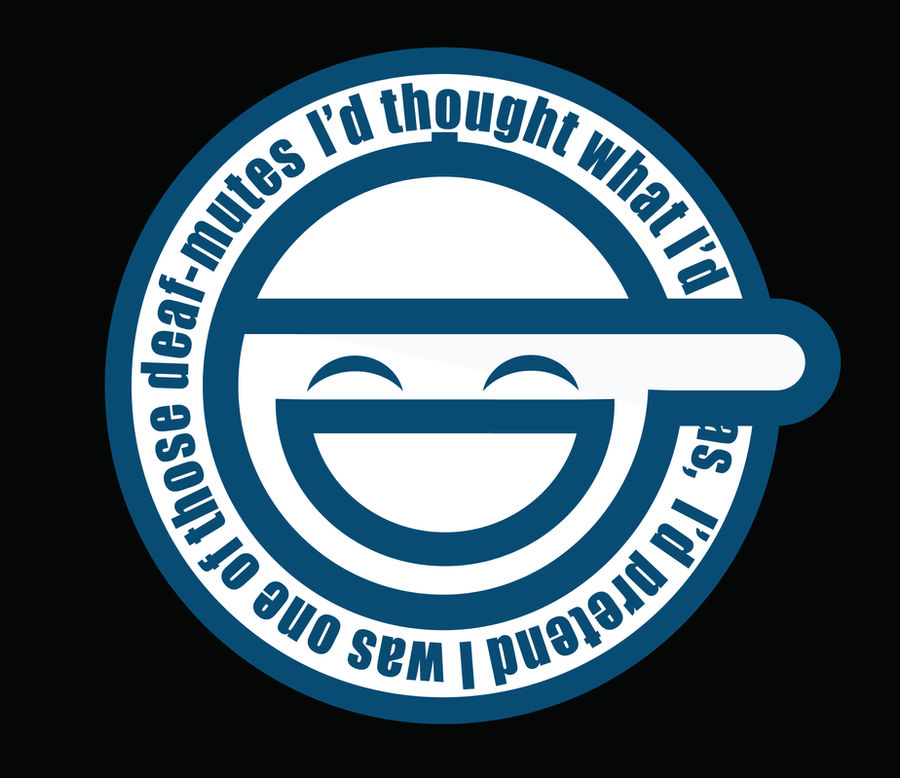Brilliant exception handling I found in an app i had to work on
Actually, exception rethrowing is a real thing - at least in Java. You may not always want to handle the exception at the absolute lowest level, so sometimes you will instead “bubble” the exception up the callstack. This in turn can help with centralizing exception handling, separation of concerns, and making your application more modular.
It seems counter-intuitive but it’s actually legit, again at least in Java. lol
Rethrowing caught exception in C# is just
throw;, notthrow ex;. This will delete old stack trace, which is very punishable if someone debugs your code later and you’re still around.I am a somewhat new C# developer (2 years). Could you explain more about this?
throw ex;treatsexas a new exception, so, it starts a new stack trace for it from itself and deletes stack trace that was saved inex.StackTrace. On the other hand,throw;takes already present exception in the scope and throws it without modifying the stack trace, preserving the original method that threwexin the stack trace.I feel like I wrote the same thing twice. I’m a bit bad with explaining stuff, feel free to ask more specific questions if you still don’t understand the difference.
If your just going to let something higher on the call stack handle it, why catch it in the first place?
I’m offended that you’d put my code on the internet.
while (true) { start(); }Seen this so many times, i weep for humanity
Lol what’s wrong with this if the parent function catches it
You don’t catch it if that’s the case
If this is C# (and it looks like it is), this leads to you losing the original stack trace up until this point.
The correct way to do this in C# is to just
throw;after you’re done with whatever you wanted to do in thecatch.wait what ?
So you are saying that the following code will keep throwing
ebut if I usedthrow e;it would basically be the same except for the stack trace that would be missing the important root cause ?!try { } catch (WhateverException e) { // stuff, or nothing, or whatever throw; }Exactly. Aside from deleting your already built stack trace, as a bonus you’ll get another stack trace building call, enjoy wasted CPU cycles.
You could just not catch it and it’ll get thrown up the stack anyway.
This can’t compile, can it? Only a madman commits code which doesn’t compile.
Why wouldn’t it? It’s syntactically valid C#, with the added bonus of destroying the stack trace



